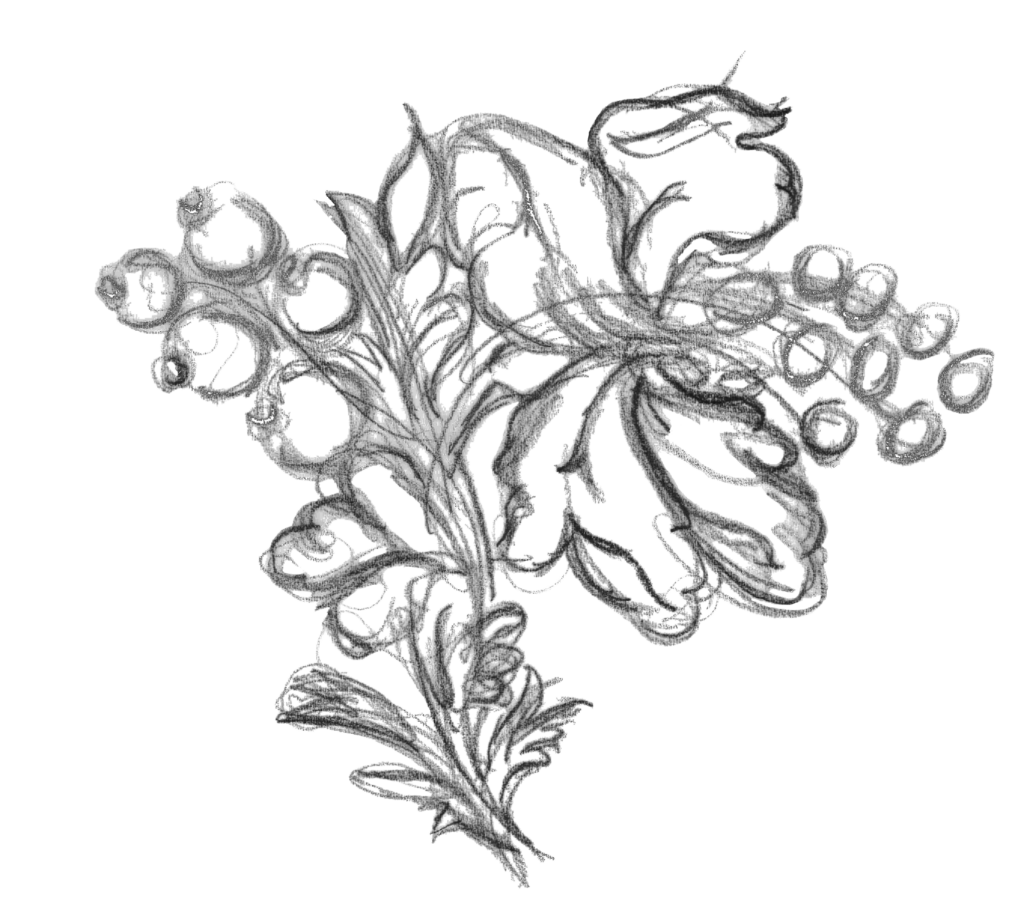The turning point that revolutionised weaving – Invention of the Jacquard
If there is one technological invention of the 19th Century that can be said to be life changing, that achievement must surely belong to Joseph Marie Jacquard.
Up next ‘Refining Jacquard’ and ‘From shuttle of rapier’ advances in weaving technology
The son of a Lyonnais silk weaver Joseph Marie Jacquard must have looked at the draw-loom as he worked with his father and faced with a lifetime of drudgery at the loom, strived to seek out a mechanical solution to bring the pattern to the cloth face. He was not alone in his quest to unite a mechanical solution to bypass the pulling cords of the draw-loom to create repeatable patterns. Early attempts to unite the repeatable music of the Barrel organ with weaving had met with limited success. Making pin drums of exact circumferences to fit design repeats had been achieved only by highly skilled craftsmen and the mechanism was cumbersome.
Earlier the idea of a coded card with holes carefully punched, which the draw boy could manually place on the engine gave rise to another Frenchman named Falcon creating for some the first punch card loom in 1728. The loom built by the Frenchman Vaucanson in 1741 incorporated a drum for a perforated paper to fit around with holes in it. So one invention had cards which did not revolve and the other had a revolving drum but a set number of pieced holes in a paper cover limiting the potential. Neither of these ideas really worked to give the weaver what was required, and would take a further sixty years before Jacquard would show how he had taken the two ideas and combined them to give the first truly viable programmable loom, beginning start of jacquard weaving and designing.
Image: Restored Daniel Walters Jacquard Loom, now at the Science Museum London
Jacquard needed to prove his machine and so planned his own portrait in weaves (pictured in introduction above) to show how such a complex image could be copied. This was not the success he had hoped for as his fellow weavers realised how, unlike the draw-loom, a design could be copied and quickly reproduced. Designs that had been held by families for generations could be woven on another loom with ease. His machine was seized and publicly burned and Jacquard was left to eventually die a pauper. Napoleon however recognised his genius and paid his funeral costs.
Image: Jacquard Meets Napolean
News quickly spread to England of his new engine for the loom and spy’s soon smuggled back details of his machine. Here the invention was rapidly taken up in Spitalfields and it was said that soon there were more Jacquard looms here than in Lyon. The first Jacquards were built in hardwood frames with hand forged iron work. Huguenots such as Zephirin Devoge and William Folliott perfected the building of such machines and loom harnesses in the 19th Century. Daniel Walters boasted having 150 Jacquard looms in action at his Braintree New Mills in Essex by the mid-1850’s. In hand weaving what limited the build size of the Jacquard was the physical ability of the weaver to operate the growing cumbersome weight of the harnessing and leverage.
So where was the solution to give more flexibility in the woven design capabilities of the loom?
You may also be interested in ’18th Century Silk Damasks’
If you would also like to explore our highly technical fabrics that have benefited from our jacquard weaving and designing, visit “Our Fabrics,” or follow us on Instagram.












